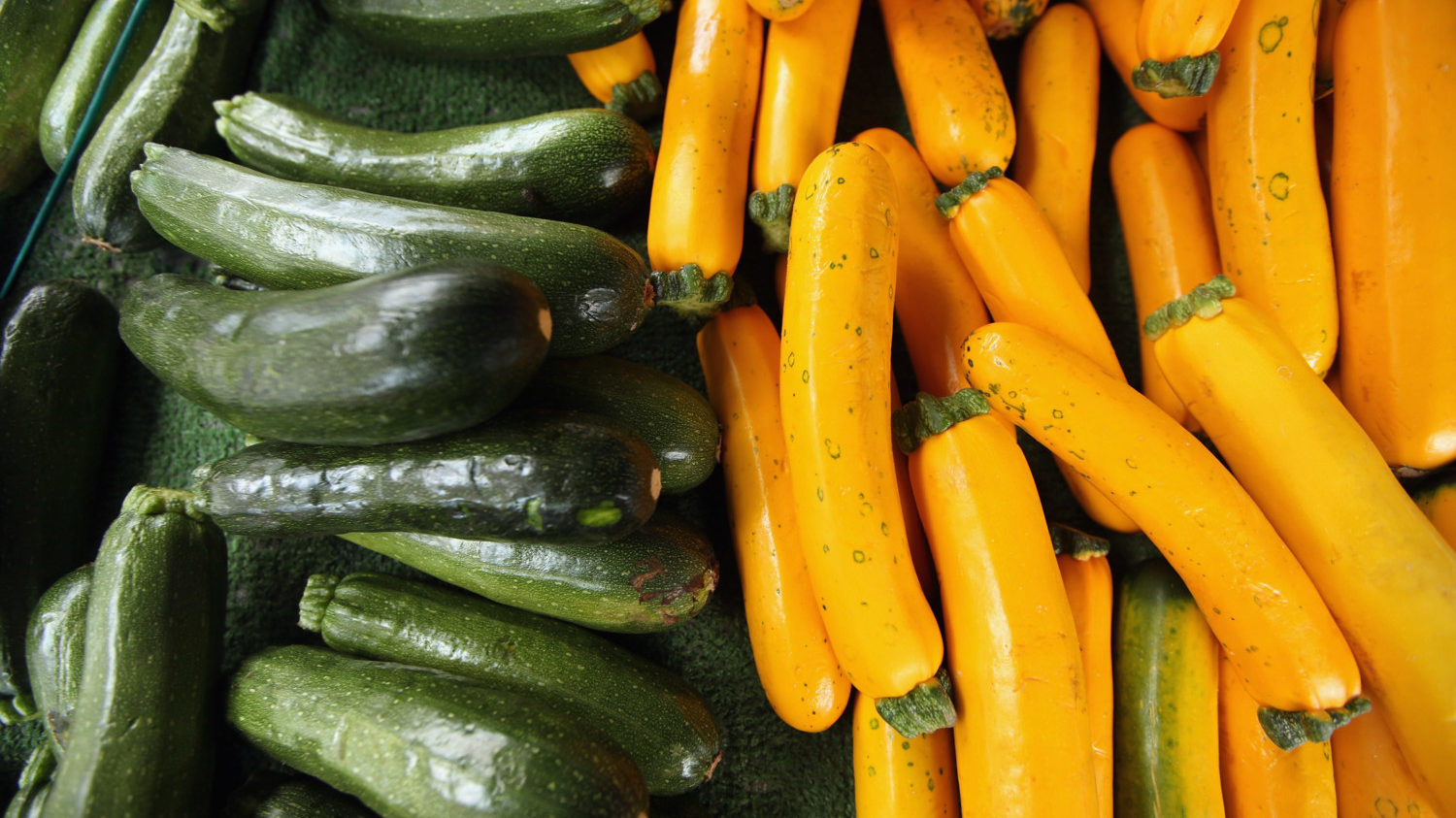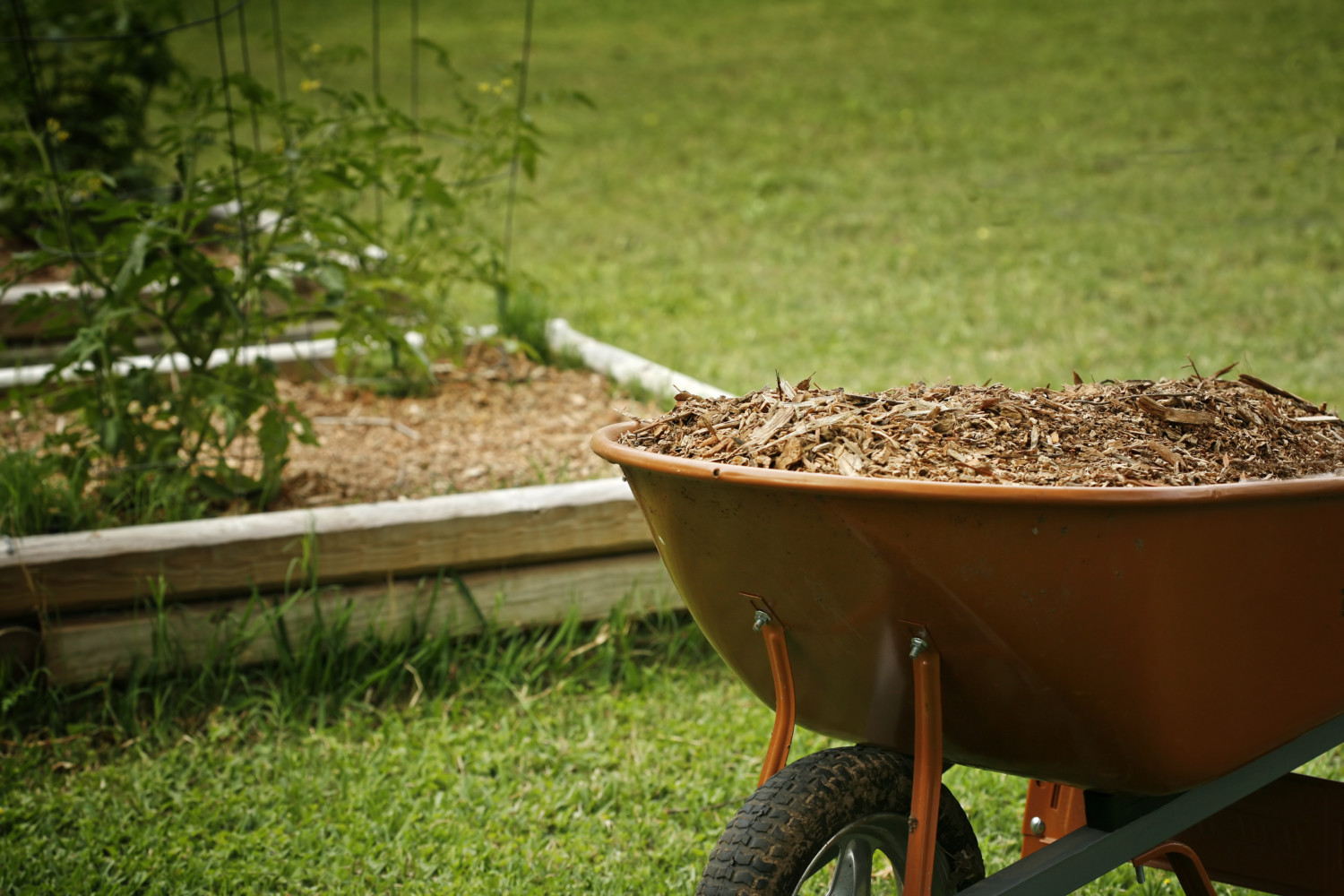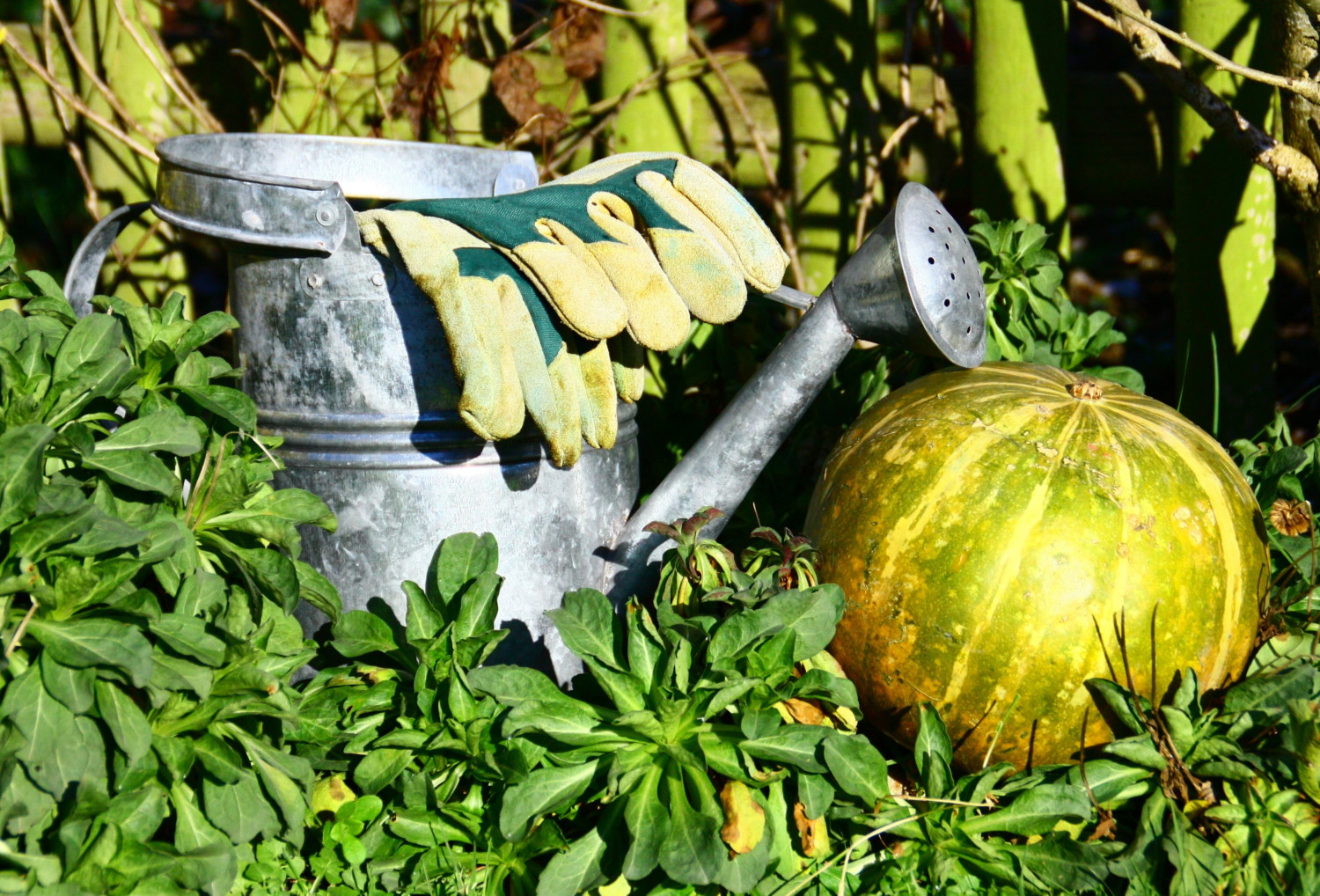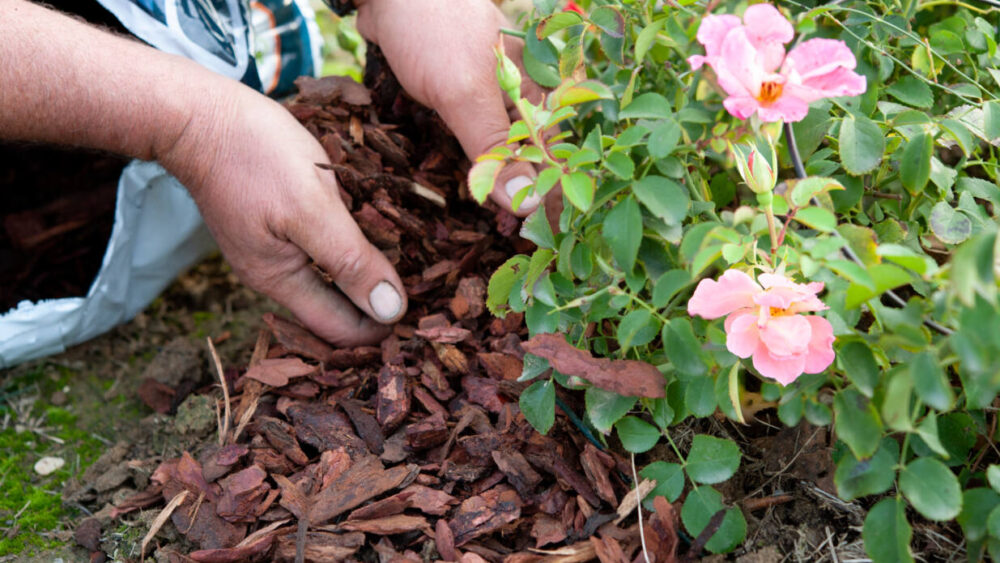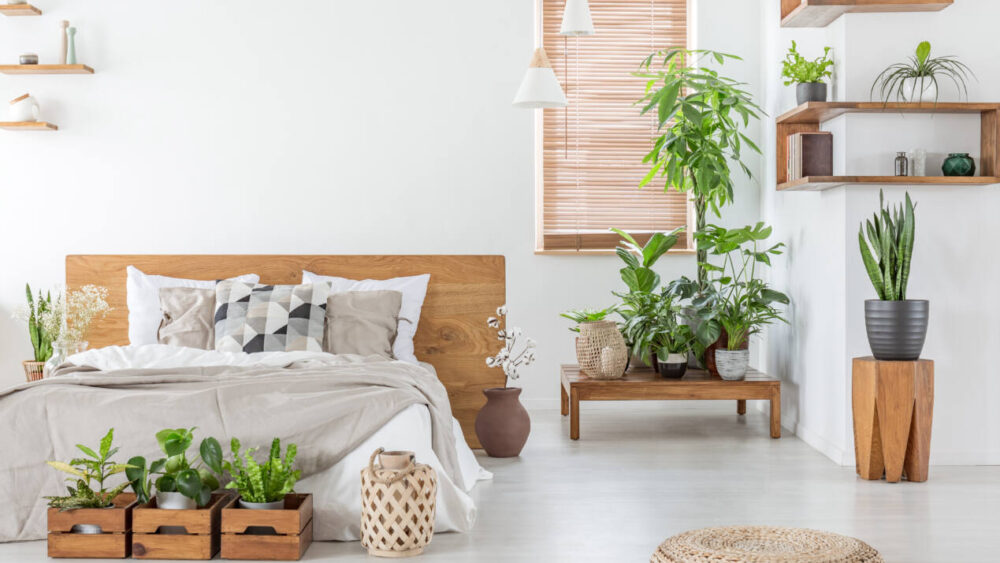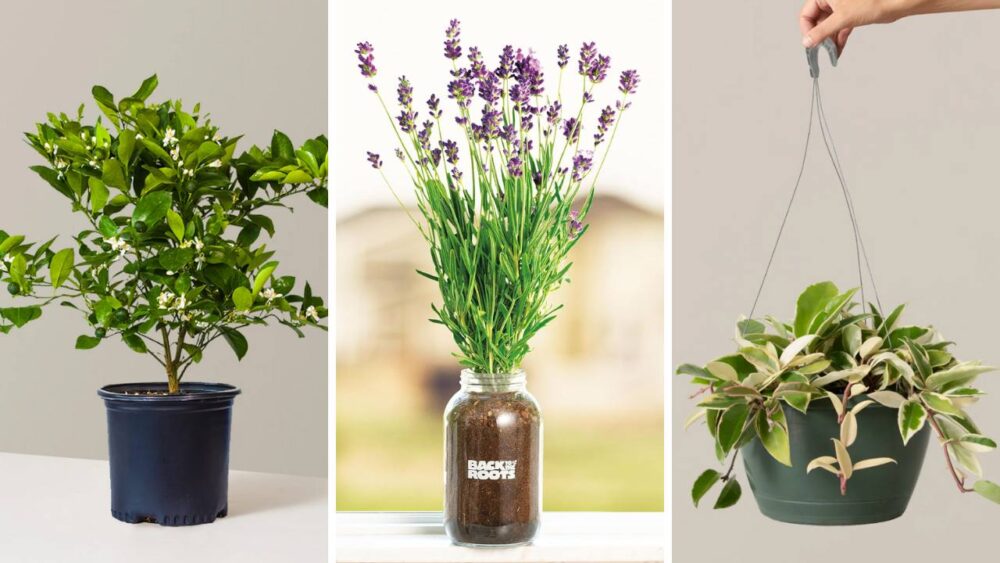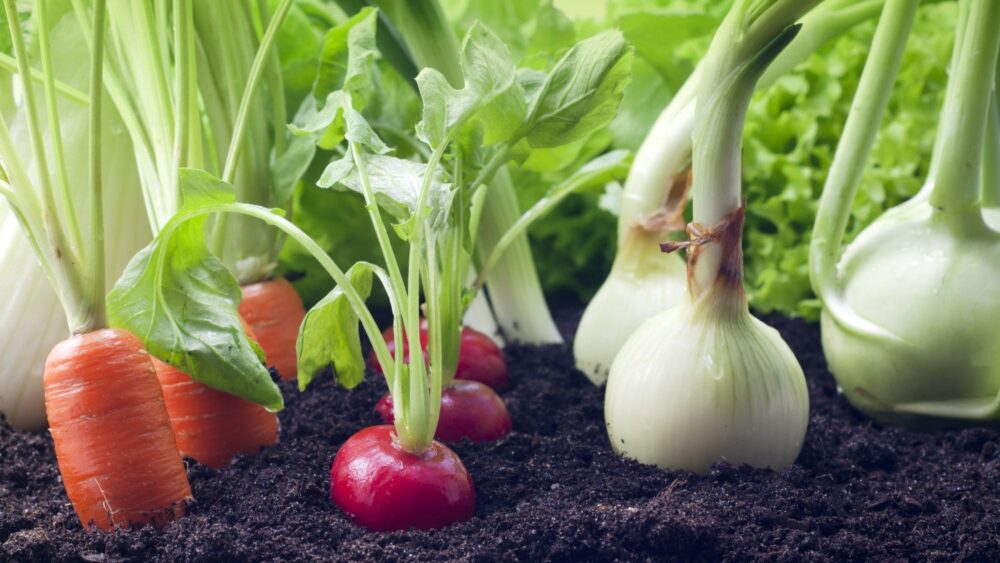7 tips for growing healthy summer squash plants
Summer squash season is upon us! This is exciting for those of us both with and without a green thumb as they’re pretty easy to grow. They’re also known for producing quite a generous amount during the growing season.
To help you maintain a beautiful bounty of squash, we’ve rounded up 7 key tips for keeping your plants thriving and well!
1. Plant Squash Spaced Out And In Good Sunlight
Oftentimes, powdery mildew can form on the leaves of squash plants, causing them to die. And it can be tough to control this damaging problem once it starts to spread. To prevent mildew from forming, be sure to plant your squash generously spaced out to increase airflow and make it tougher for the mildew to spread. It’s also important to plant squash in full sunlight — mildew spores don’t survive well with this much light.
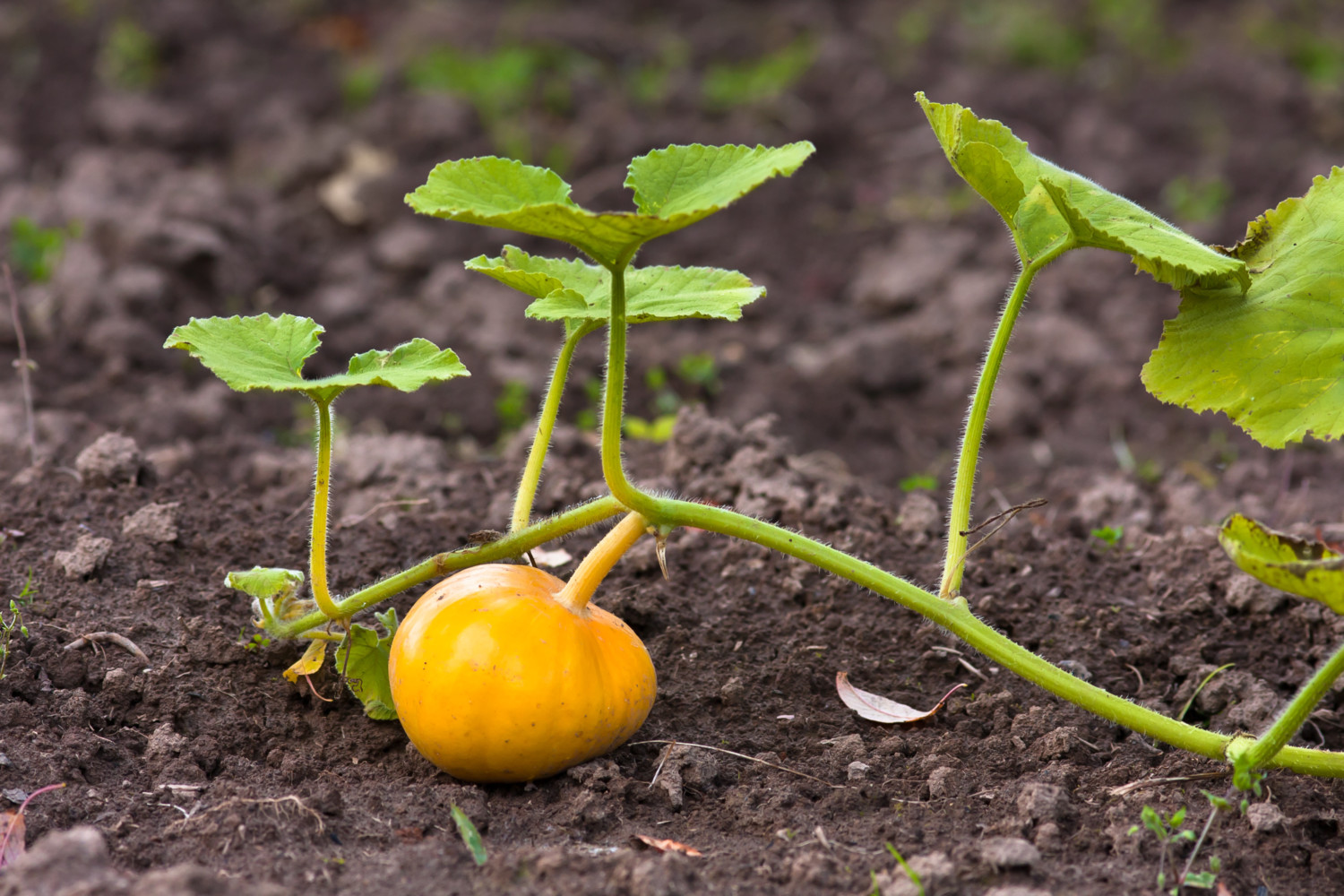
2. Add Much To The Base Of Your Plant
Adding a layer of mulch to the base of your plant can help it grow in extreme heat conditions. Mulch includes organic materials like straw, chopped leaves, hay, woodchips and the like. Using mulch will not only help conserve water but will also keep your plant cool and help to suppress weed growth.
3. Prune Your Squash
It’s recommended that you prune your squash plants when they approach maturity, about six to eight weeks into the growing season. With a sharp knife, cut back your squash vine so that only two to three buds remain per vine. Make sure you remove dead, dying or diseased leaves from your plant as well. Another important factor? Pluck your squash once they’re fully grown to prevent it from deteriorating or being eaten by animals.
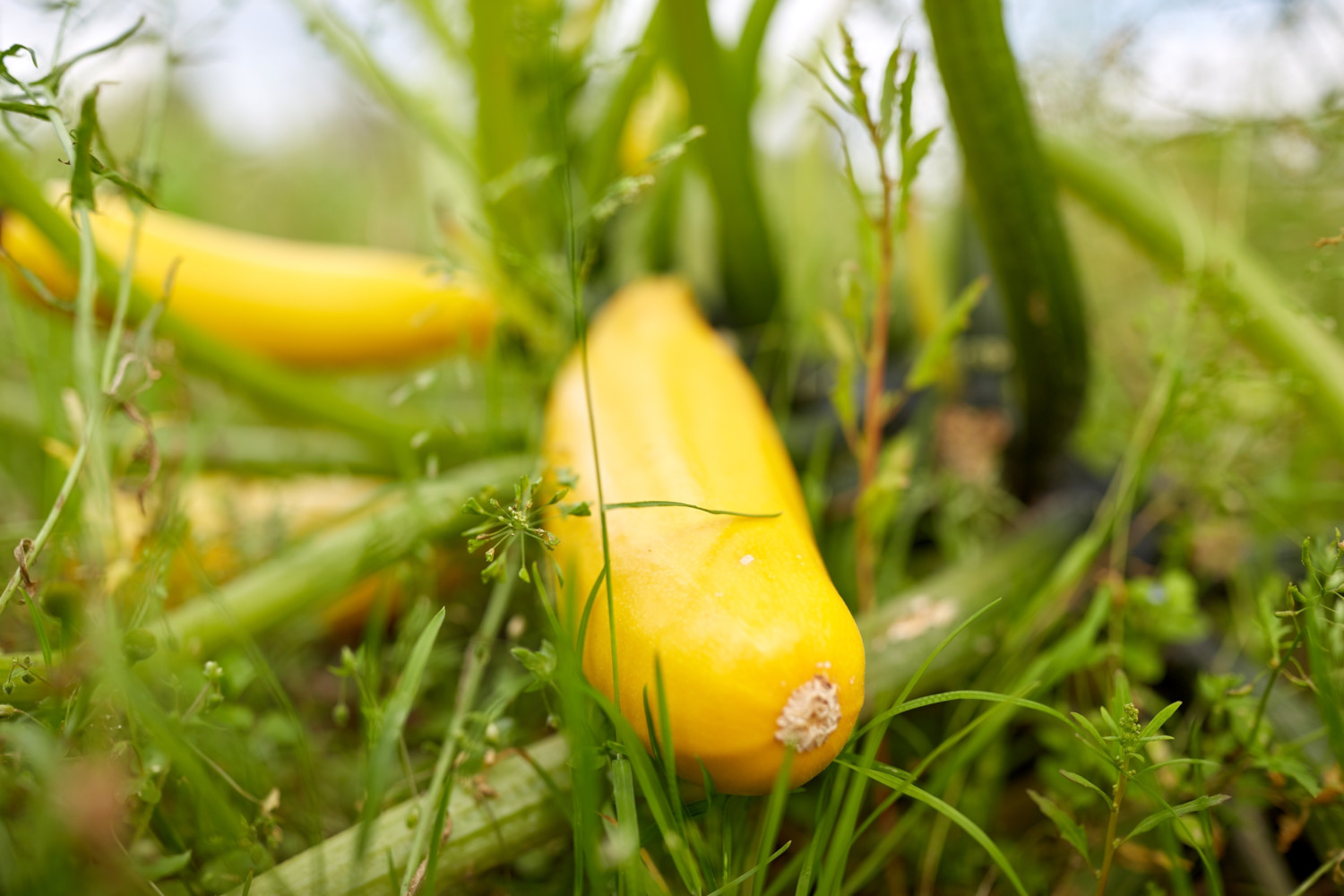
4. Bring In Beneficial Bugs To Eat Pests
If your plant’s leaves are discolored and unhealthy looking, check underneath them. If you spot dusty silver webs, you may be dealing with spider mites, which suck the juices out of your plant, leading to stippling. This will cause the leaves of your plants to turn an unhealthy shade of green, yellow or brown. To solve this issue, you can spray the plant with insecticidal soap. Alternatively, you can introduce another bug like the ladybug or lacewings to eat the mites.
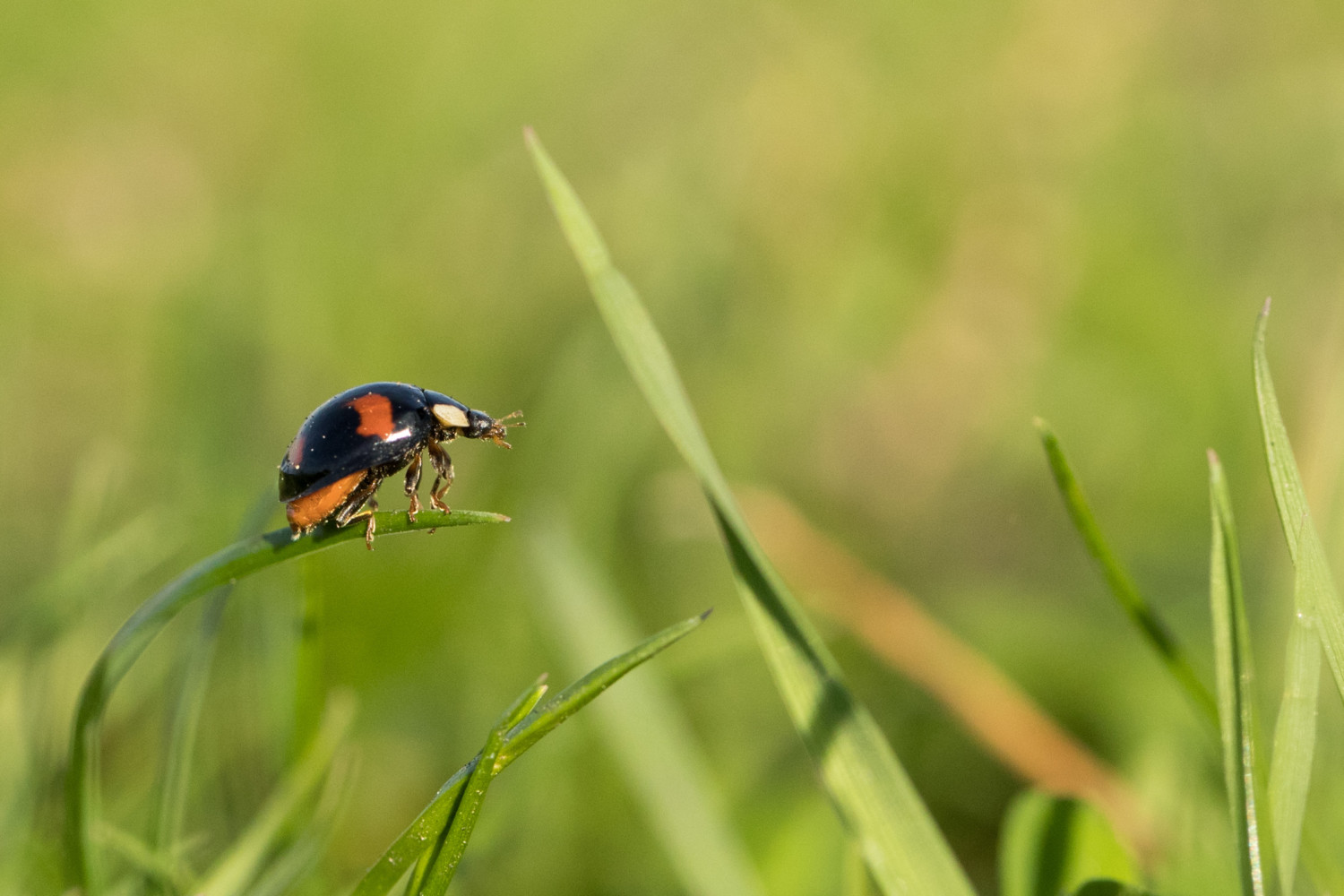
5. Harvest Your Bounty With Care
Summer squash should be picked sooner rather than later and the best way to do this is to cut the fruit off where it naturally pulls apart from the vine. Try not to pull or twist, as these are signs that the fruit isn’t ready to be harvested. In addition, it’s better for your fruit if you avoid separating the stem from it. Doing so could allow bacteria to form, making it tough to store.
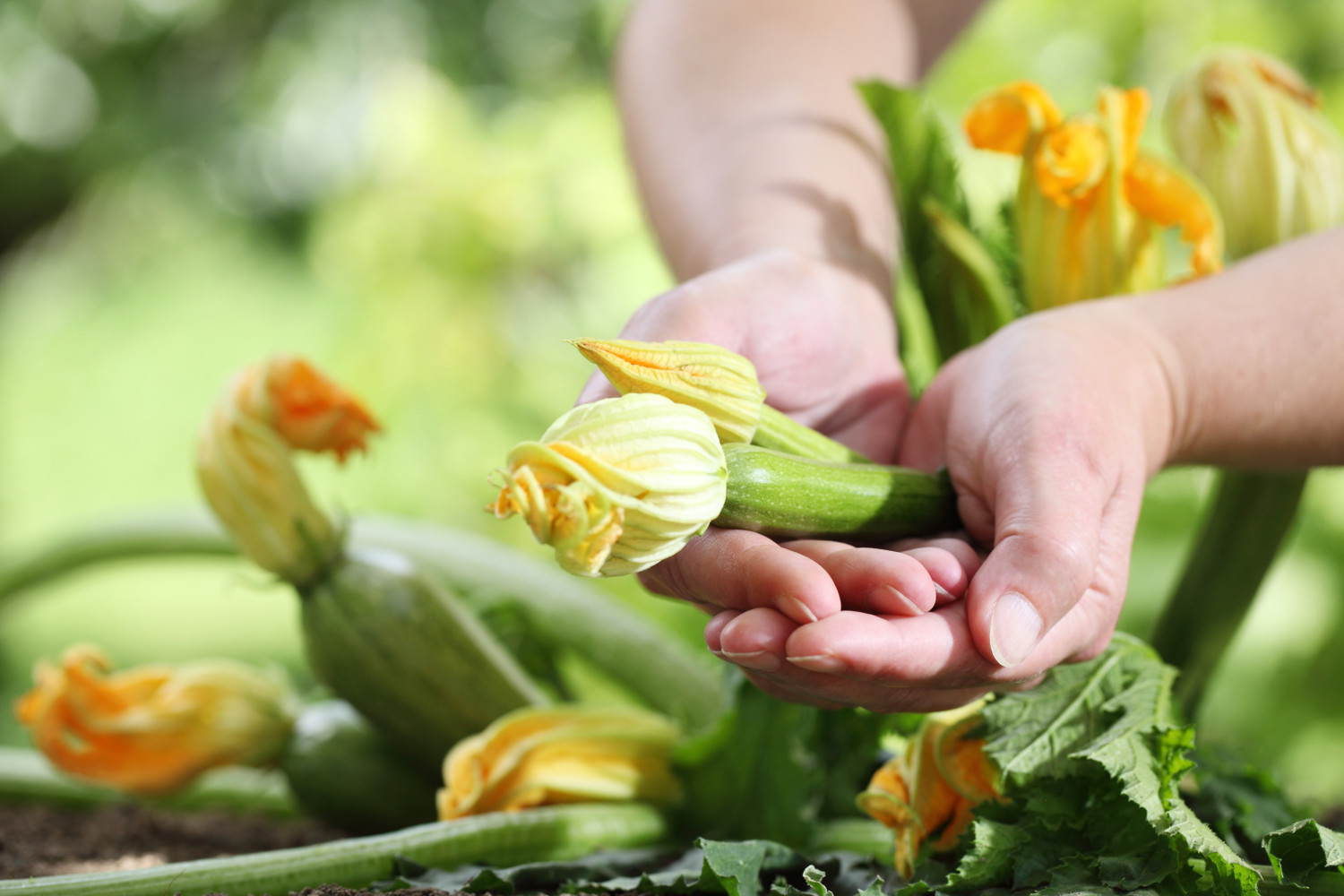
6. Don’t Be Afraid To Manually Remove Larvae When You See It
The squash vine borer is a common pest that will attack squash, zucchini, pumpkin and gourds, boring into the lower part of the plant’s stems and causing the plant to wilt. Adult clearwing moths lay their eggs at the base of the stems and, once they hatch, the larvae eats away at your squash and its roots. The best solution? Prevention! If you catch them early, manually remove the borer by slitting the lower stem and removing the larva by hand. You can also try insecticides or sprinkle diatomaceous earth around the stalks when they’re still maturing.
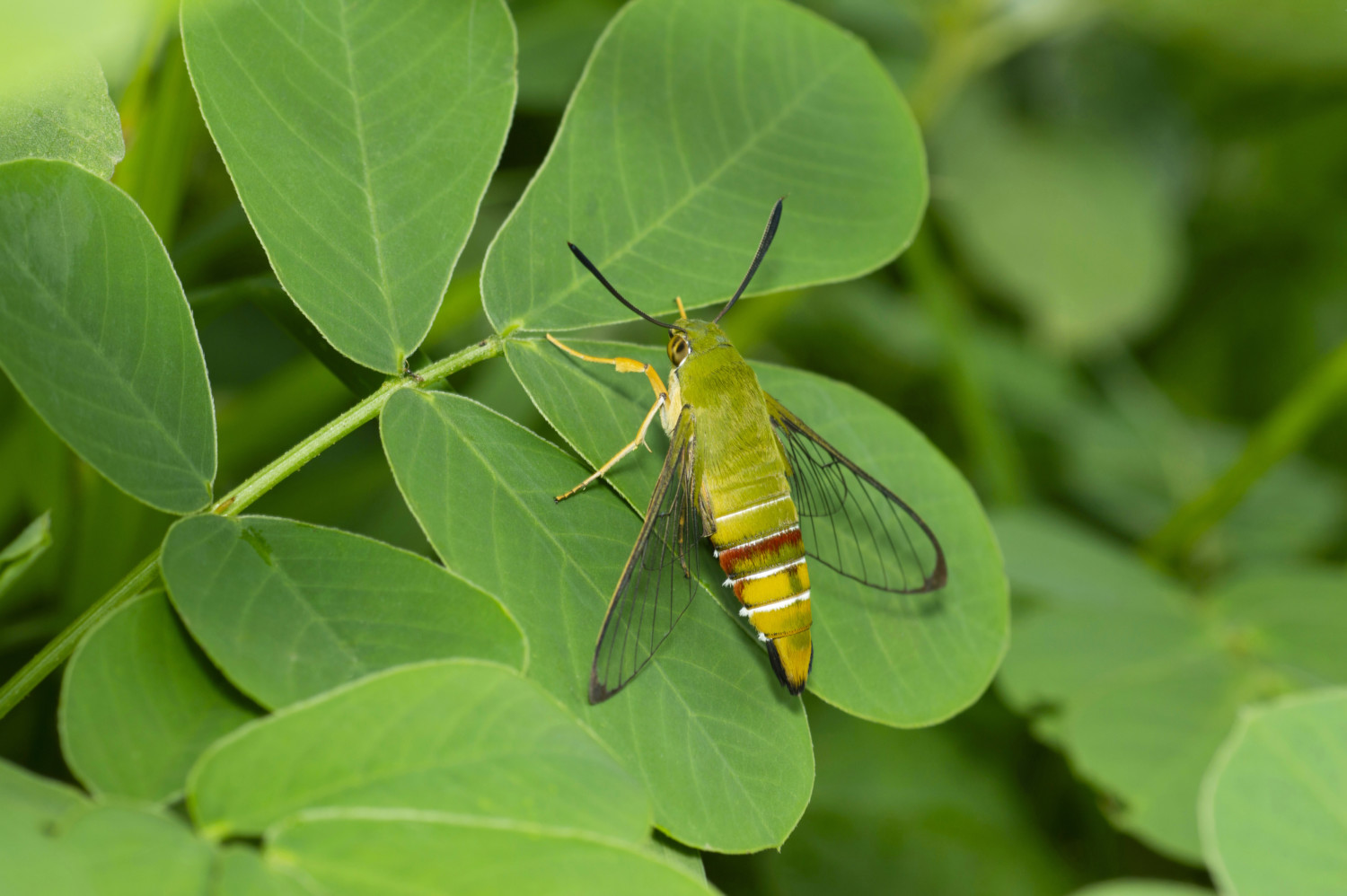
7. Water Your Squash Evenly To Prevent Rotting
Ever see a sunken dark spot at the bottom of your squash? That’s known as blossom end rot which, while not a disease, is a sign of a calcium deficiency caused by uneven watering, root damage or a large amount of nitrogen in the soil. Calcium is what allows a plant to maintain its structure, so when your plant doesn’t have enough of it while it develops, rotting can occur as the fruit grows. The rotting happens when the cells of the fruit break down. To avoid this, make sure to water with care and pay attention to how much and how often you’re watering your plant.
Happy growing!


